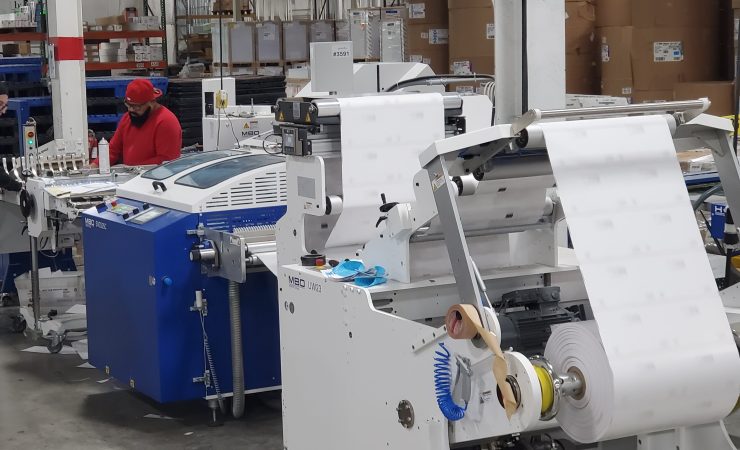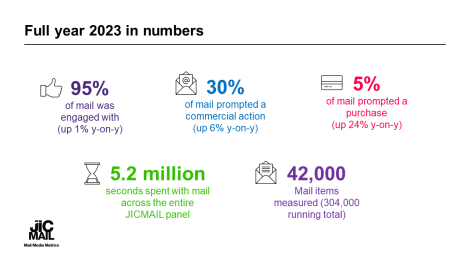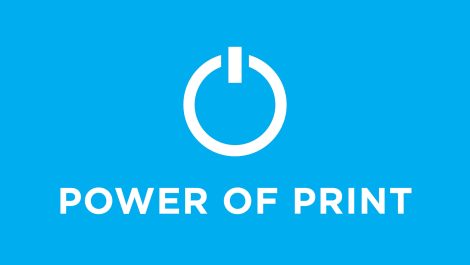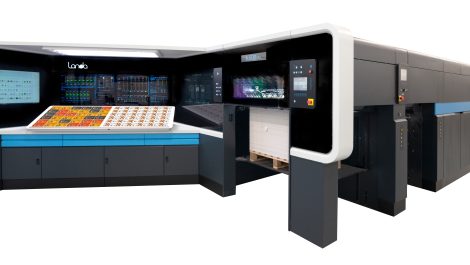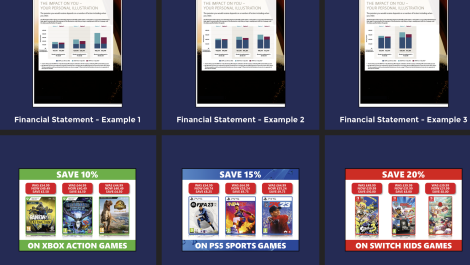Hilliard, Ohio, US-based Baesman Group has added a second MBO roll-fed finishing line to support rapidly growing direct mail business, hoping to add a further 15% efficiency gain to the 40–50% improvements made by the original line installed in 2021.
‘Since 2019, our direct mail volume has increased 40% with a significant shift to letter packs. Last year we processed 82 million pieces of mail,’ said Andrew Dawson, vice president, print operations at the Hird generation family-owned firm. The greater volume is due in part to the installation over two years ago of a Screen TruePress 520 HD inkjet web press.
Growing demand means the company is adding a third shift to the press, and has also seen greater variety in the types of work which requires different finishing modules in various configurations to produce. This includes postcards, letters and self-mailers, plus gluing inline. The modular nature of the MBO offering, supplied by MBO America, has allowed Baesman to address these needs,
The first line, which included a DPS 60 dynamic perf and score unit, was purchased in 2021 and is now operating at capacity. To manage the greater volume, Baesman purchased a second MBO Rollfed Digital Finishing Line that includes the UW 23 unwinder, the SVC 525 sheeter, the DFW 780 folder and the ASP 66 L shingle stream delivery.
‘Before changing to a white paper digital work environment with our new Screen inkjet press, we were using a litho shell workflow. This meant we were taking litho shells to the bindery, sizing them down on a guillotine cutter, imprinting them in an offline process, then back to folding, and finally inserting in the lettershop. We were touching them four or five times before shipment. Now all variable work from the web press prints roll-to-roll for the best press efficiency possible, then straight to the roll-fed finishing line. Folded letter pieces go straight to the inserter, finished postcards and self-mailers go straight to the mail stream, and our touches are minimised,’ explained Mr Dawson.
The improved efficiencies from the first finishing line added reduced hours to get a job done by 40% to 50% and brought a 25% reduction in turnaround time. With the second line, Mr Dawson expects a further 10% to 15% increase in efficiencies. To channel work efficiently, the new line will be set up for letter work and the original line will be dedicated to postcards and self-mailers.
Baesman also reports that the operating methods and controls used on the new equipment are making it easier to find labour and staff with training of new operators on a digital line with touchscreen controls simpler than on older manual devices.
